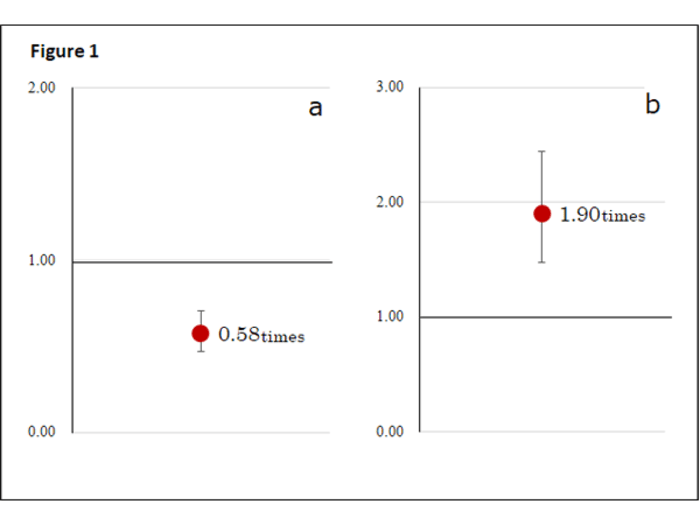A study conducted by Assistant Professor KYAN Akira (Kobe University Graduate School of Human Development and Environment) and Professor TAKAKURA Minoru (Faculty of Medicine, University of the Ryukyus) has identified socio-economic disparities in physical activity during the COVID-19 pandemic.
This was the first study in the world to reveal that the degree of disparity differs for each domain of physical activity in daily life (work, recreation and transport).
Amidst concerns about widening economic inequality, the results of this study highlight the need for continuous monitoring to ascertain the actual state of health disparities stemming from economic circumstances.
These findings were reported in the journal Public Health on April 20, 2022.
Main Points
- This was the first study in the world to investigate socio-economic inequalities in relation to physical activity in different domains of daily life during the COVID-19 pandemic.
- Income and educational level-based disparities were found for physical activity (related to work, recreation and transport) and sedentary behaviors. In these results, there was a large disparity for recreational physical activity with lower levels of this activity among people with a low income/low level of education (Figure 1-a, 2-a).
- Contrary to physical activity levels in other domains of daily life, those with low level education spent longer doing work-related physical activity (Figure 1-b, Figure 2-b). This can be interpreted negatively from a public health perspective as previous research has indicated that high levels of occupational physical activity can actually increase the risk of diseases such as heart disease.
- Continued investigation is required to assess the mid-to-long term impacts on people’s health.
Research Background
It is known that sufficient levels of physical activity can prevent multiple chronic diseases (including mental illness) and reduce the risk of death. Ideally, people should be able to equally enjoy these benefits of physical activity. However, it has long been pointed out that disparities stemming from people’s socio-economic status (e.g. their income and educational background) exist when it comes to healthy behaviour such as physical activity. These are referred to as health disparities. Namely, a disproportionate number of people with a low income and/or low education are in poor health. Due to the novel COVID-19 pandemic, specific industries have been hit hard economically, such as the tourism industry and restaurant industry. There are concerns in the public health field that these circumstances are exacerbating health disparities.
It has been reported that actual levels of physical activity and exercise awareness have improved in Japan compared to before the COVID-19 pandemic, based on extensive data collected from government-conducted internet surveys and smartphone pedometer applications. However, this information may not reflect the reality for people in vulnerable socio-economic circumstances due to the nature of the survey methods used. In other words, it may not be possible to glean an understanding of the circumstances facing people who are in need of support.
Research Methodology
This study used detailed population breakdown and region-wide data collected through the National Sport and Lifestyle Survey, which is a nationwide cross-sectional survey conducted by the Sasakawa Sports Foundation. The researchers utilized this data to investigate physical activity disparities during the COVID-19 pandemic.
One of the distinctive features of this study is that it uses the Slope Index of Inequality (SII) and the Relative Index of Inequality (RII); these take into account the differences in population ratio for each indicator of socio-economic status (in this case, income and educational level).
Conclusion
The results of this study highlight the need for continuous monitoring of changes in health disparity year on year. It is hoped that this research will serve as a reference for the direction of future policy.
Glossary
Sedentary behaviour: This is any waking behaviour that is characterized by an energy expenditure of less than 1.5 METs while in a sitting, reclining or lying position.
Equivalent Household Income: The income of a household that has been adjusted to reflect the living standards of household members. It can be calculated by dividing the household income by the square root of household size.
Journal
Title:
“Socioeconomic inequalities in physical activity among Japanese adults during the COVID-19 pandemic”
DOI: 10.1016/j.puhe.2022.03.006
Authors:
Akira Kyan, Minoru Takakura
Journal:
Public Health
Journal
Public Health
DOI
10.1016/j.puhe.2022.03.006
Method of Research
Data/statistical analysis
Subject of Research
People
Article Title
Socioeconomic inequalities in physical activity among Japanese adults during the COVID-19 pandemic
Article Publication Date
20-Apr-2022
COI Statement
The authors declare no other conflicts of interest.










































